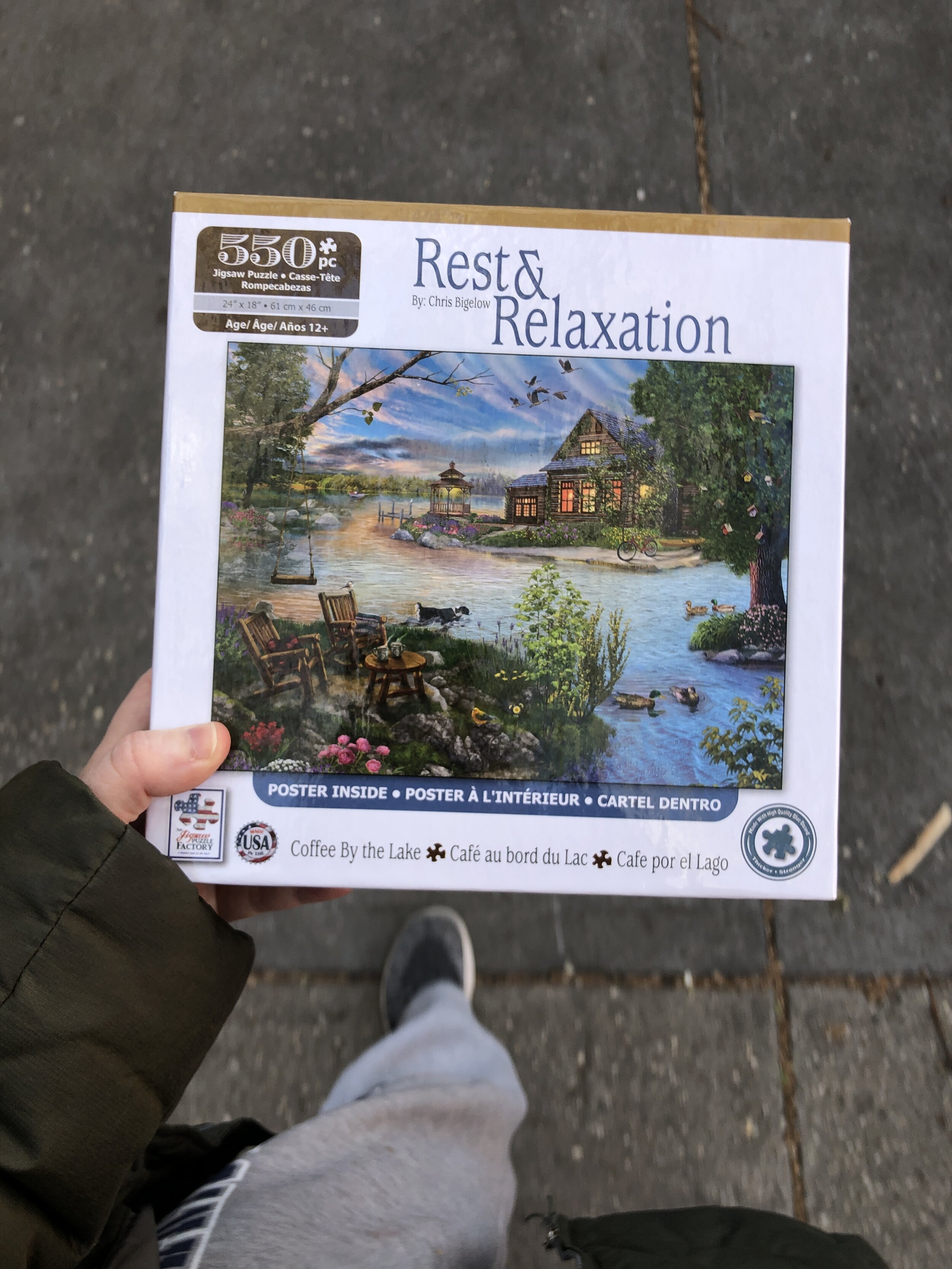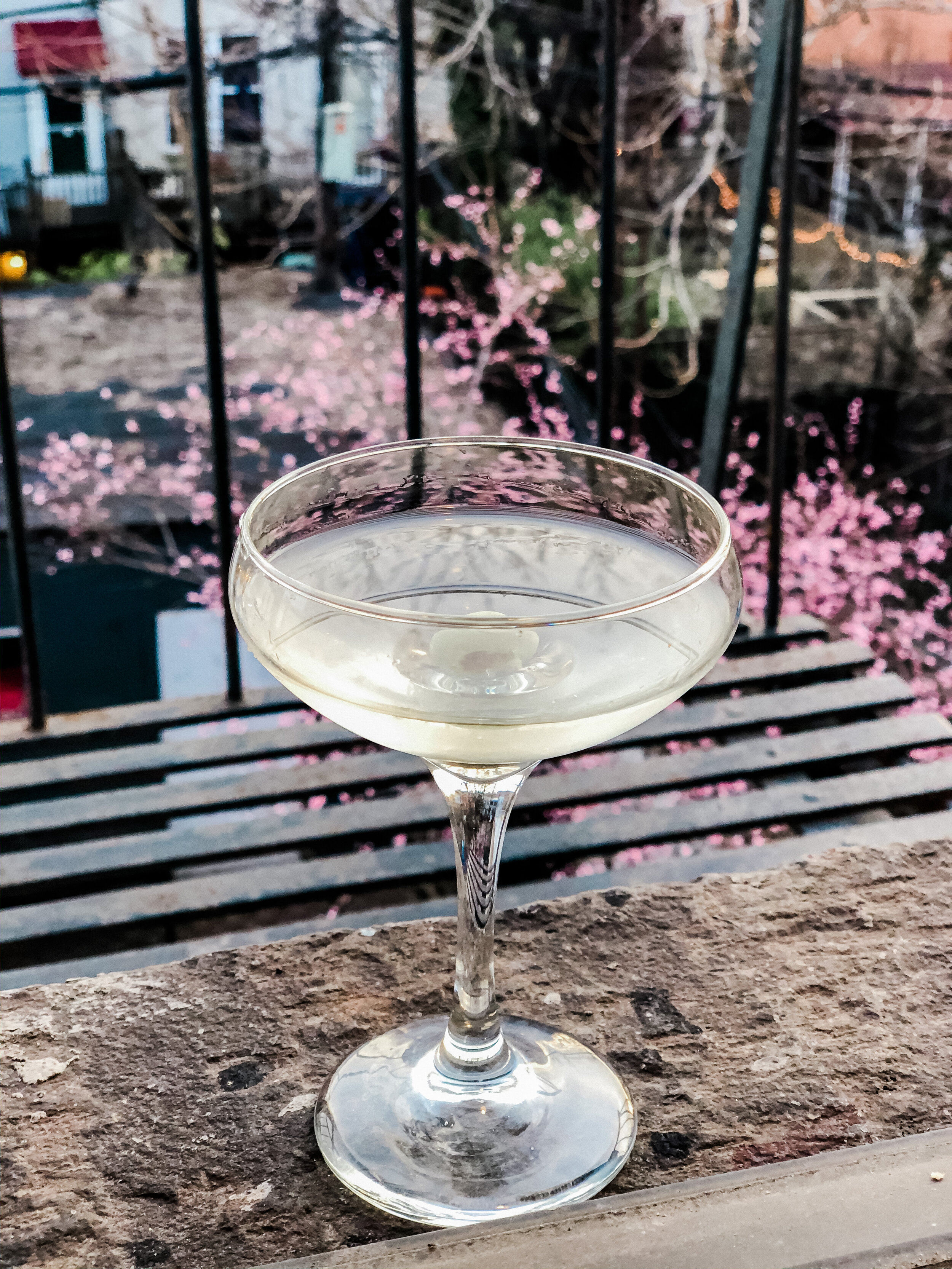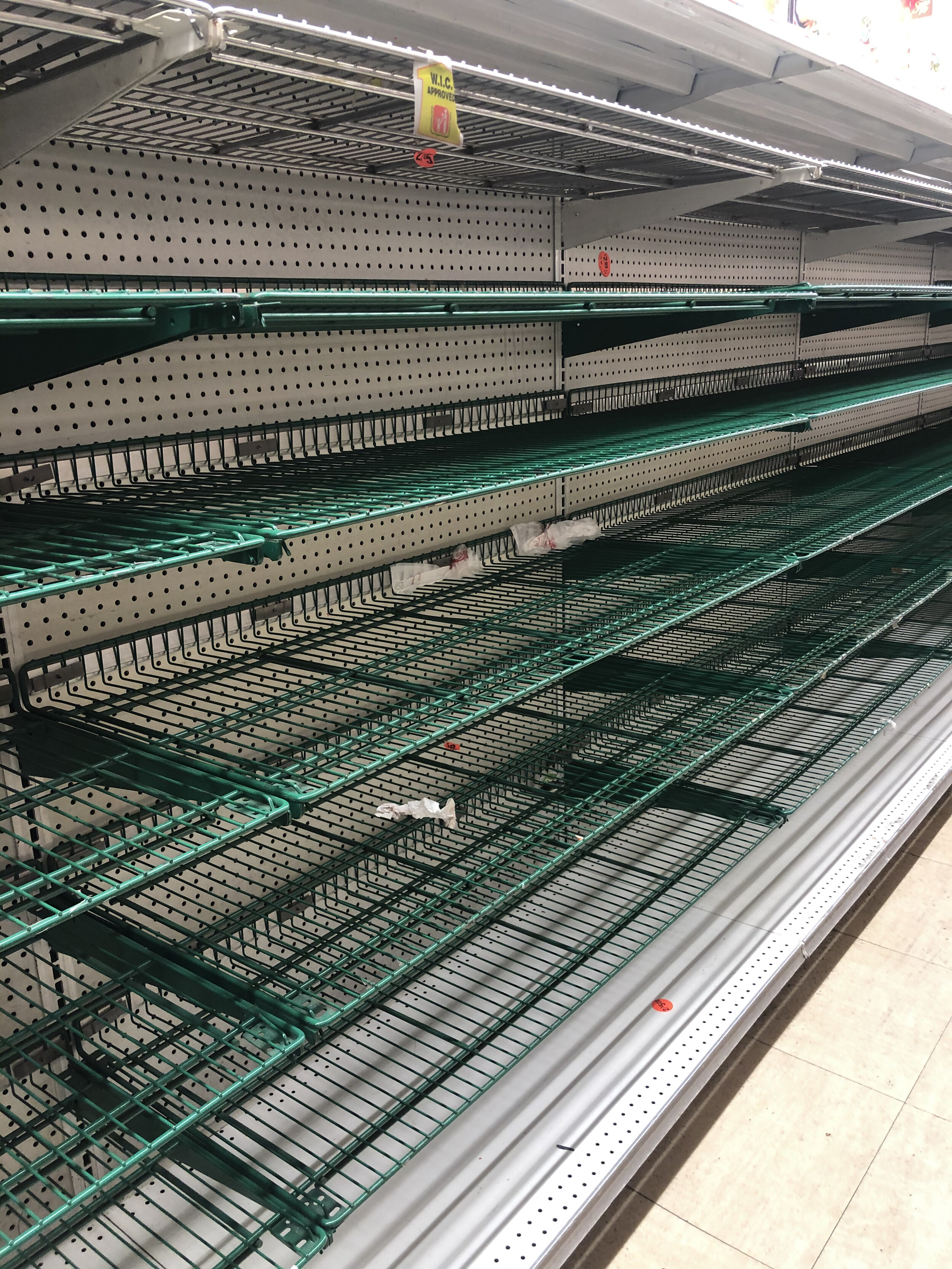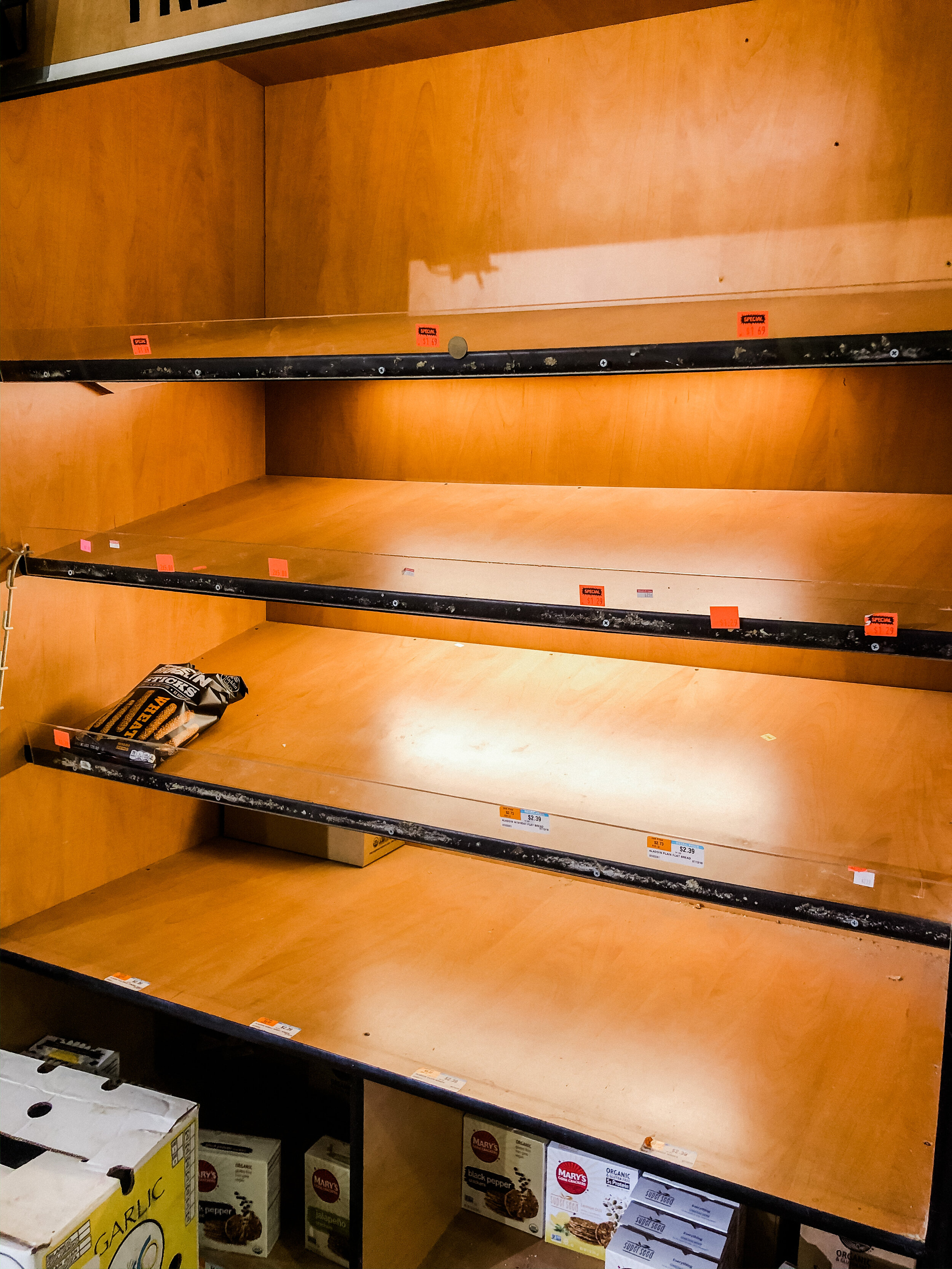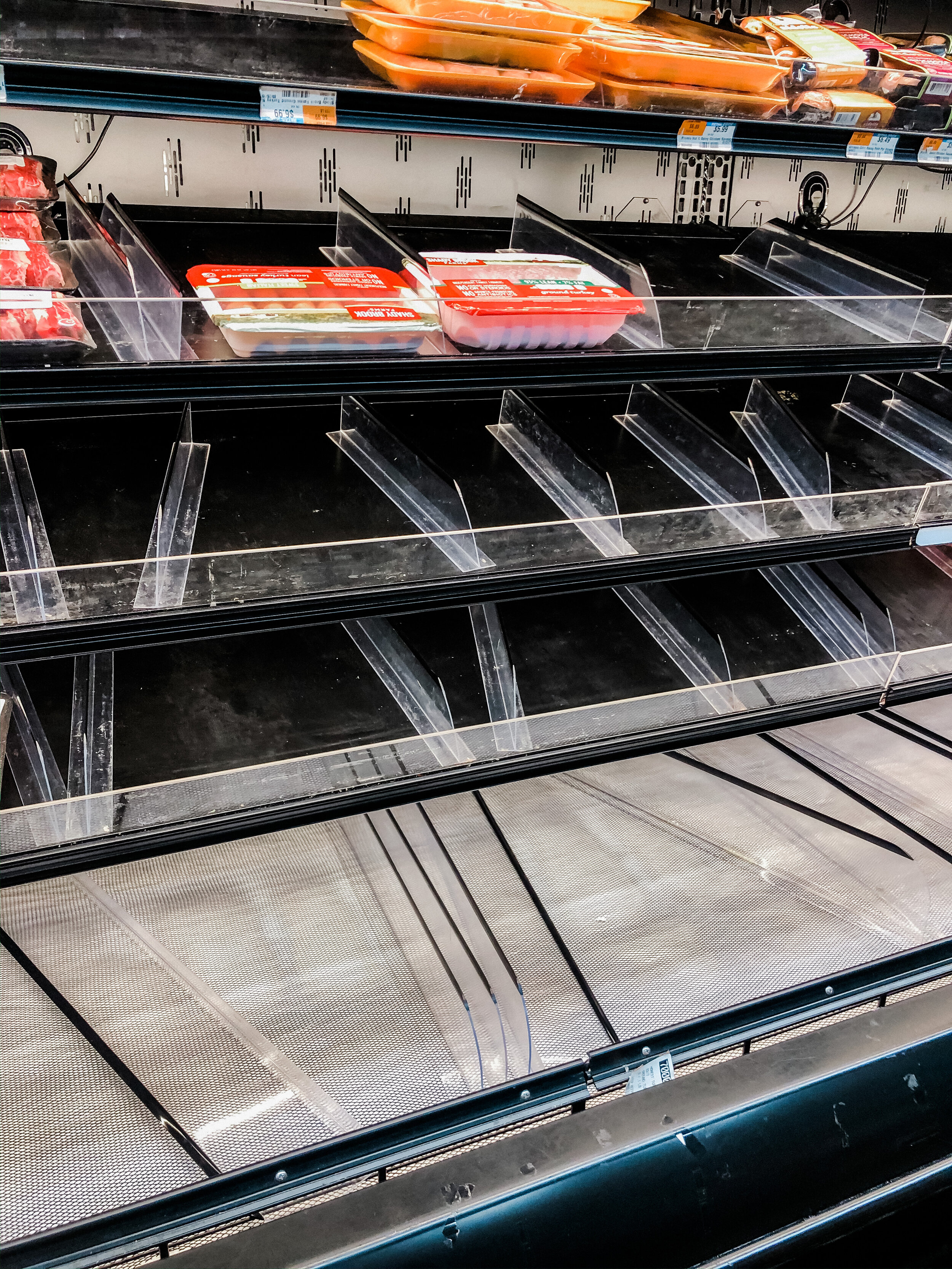It was February 2020.
Ryan and I booked a cheap three-day trip to Paris. We’d sneak away from work with hotel points, see the highlights, eat too much food, drink too much wine—and swear to return! We’d meet up with one of my dearest friends who lives in London for lunch. Then we’d stroll the Seine and pick which museum we’d glide through in the off season…
Of course, we never made it out of New York. The government closed down travel to Europe about 10 days before our trip (as it should have been). So, we worked on getting our money back and began prepping for a city-wide lockdown, of sorts.
March arrived with a vengeance.
New York documented its first official coronavirus case on March 1st, though we now assume the virus had been floating around for much longer. Our way of life changed rapidly after that; each day there was a new opinion, a new cluster of cases, and a new regulation. It wasn’t “scary” for my husband and me—we are not immunocompromised—but there was an ominous feeling in the air as businesses began to shutter and people got sick.
So, what’s it like living in Brooklyn during the pandemic? Everyone’s experience is different based off of certain privileges, type of job, overall health, etc. But the scene itself is probably not very different than other cities hit hard by the virus. I’ve always found it useful to document what I see in my daily life and share it with you—so here are my observations:
1. I work at a museum. We were told to pack our things and start working from home as of March 12th for an indefinite amount of time. I remember the subway car that day: it was less crowded than usual, but not empty. Schools were open and I still had a thing called “plans.”
Taken on March 14, the day of my last subway ride.
2. By March 15, we learned that restaurants and bars would be closing (delivery was and is still allowed). I think this is when I knew the virus was going to hit us hard. New Yorkers don’t live in tiny apartments for the fun of it—most of us have our favorite local bar, our favorite backyard bar, and our favorite family-owned restaurant. We spend a lot of time outside of our apartments at parks and museums. Closing down that part of NYC culture hasn’t happened in the 10 years that I’ve lived here, even through hurricanes and blizzards. (Note: I support the closings 100% in the hopes of giving our hospitals a chance.)
3. I’m not a healthcare worker, so I cannot explain the chaos that they are seeing. But I have walked past a refrigerated trailer that was a makeshift morgue in Brooklyn. It was depressing.
4. I spent the first week of self-quarantine in a complete funk. I grieved my trip to Paris, my friends’ postponed weddings, and my sense of freedom. I allowed myself to cry while drinking wine and staring at an unfinished puzzle. I worried about my job, my dad’s job, and my husband’s job. Then, work got busy, my husband got sick, and I had to try to find the “joy” in each day. I’m not always successful, but having something to look forward to is a mentality that keeps me sane. Example: bagels.
5. The flowers are blooming, the birds are chirping—and the sirens are roaring. I think that’s what I’m going to remember most about COVID-19. Constant sirens. In the back of my Zoom calls, as we watch TV, while we sleep. Honking cars are much less frequent; there’s almost no traffic on my street. But the sirens seem to have tripled in frequency.
6. We wear masks now. Not a few people, but most people I pass on the street have some sort of covering. As of April 17, we’re required to wear them in stores, or other places where the six-foot social distancing policy isn’t possible. I have no idea if our ragtag masks help; but it does feel like we’re all on the same team, trying to beat an invisible enemy. Many of us also wear latex gloves while shopping or getting the mail.
9th Street in Brooklyn on March 18th
7. There are lines for bigger grocery stores because they can only allow so many people into the store at once. The Whole Foods in Brooklyn usually has about 25 people in line who are asked to socially distance while waiting. A security guard manages the entrance—he’s like the bouncer at a hip club, except now the goal is to score eggs. If you go to your local bodega, you probably won’t run into this issue, but our two closest corner stores have closed.
8. Most groceries are available, though the middle of March was a bit dicey for eggs, milk, bread, and meat as people started realizing we were going into self-quarantine. Through the end of March, most of my favorite restaurants still delivered, but we saw many businesses close down the first week of April.
9. The parks can still get very crowded on nice days. My husband and I avoid them. In the earlier days of self-quarantine when we went for more walks, it was always on side streets or in cemeteries. We like 2nd Avenue in Gowanus—just a bunch of parked garbage trucks and us!
10. There’s now “contactless delivery” for takeout, meaning a restaurant will just leave food on your stoop and buzz your apartment. No human interaction.
11. Some bars have a “take out” window, where you walk up and order a cocktail to-go. I love this concept—can we keep it post-COVID?
12. We’re at the point in this crisis (April 17) where most New Yorkers in my circle know someone with COVID-19 symptoms. And unfortunately, many people have at least some (loose) connection to a death. My husband and I have lost a local bartender, a co-worker, and three family members of co-workers between the two of us. There are no funerals or memorials at this time.
13. Uber and cab drivers have all sorts of ways to try and stay safe. Hand sanitizer, plastic curtains to separate the driver and the rider, masks, an open window policy, gloves, etc.
14. I’ve said “hi” to my neighbors more. You never really know who’s struggling—we’re going on over a month of self-isolation, and it can get pretty lonely. But I also actively step away from people while walking to the grocery store. The sidewalks can be pretty narrow here, so sometimes I’ll just walk in the semi-empty road to pass someone.
15. All of my friends who are stuck in apartments would kill for outside space—just a patch of grass you could call your own! One of my struggles has been not being able to go outside, stretch my legs, and enjoy the sun on a daily basis. Sometimes I’ll hang out on my fire escape, but a squirrel attack and some rusty screws make this option less than ideal.
Magnolias in Brooklyn in March.
Overall, life is moving on the same way it did before—except there are no plans, no dinner reservations, and no evenings spent watching a Broadway show. I haven’t taken the subway in a month, which means I haven’t been in Manhattan in a month. We don’t have a car, so we can’t go anywhere that isn’t walkable. I miss my friends the most. I miss hugging people and going to concerts and BBQing in someone’s backyard. But I imagine that’s how many people from around the world feel.
There are also signs of hope. Governor Cuomo comes on the news each day with an update, and recently he reported that the hospitalizations have slowed. There are also nightly cheers for healthcare workers at 7pm when they change shifts. I don’t even live near a hospital, but people have started cheering this week on my street.
I think we all need to cheer for something.
Here are some slice-of-life photos of Brooklyn from March - April 2020.
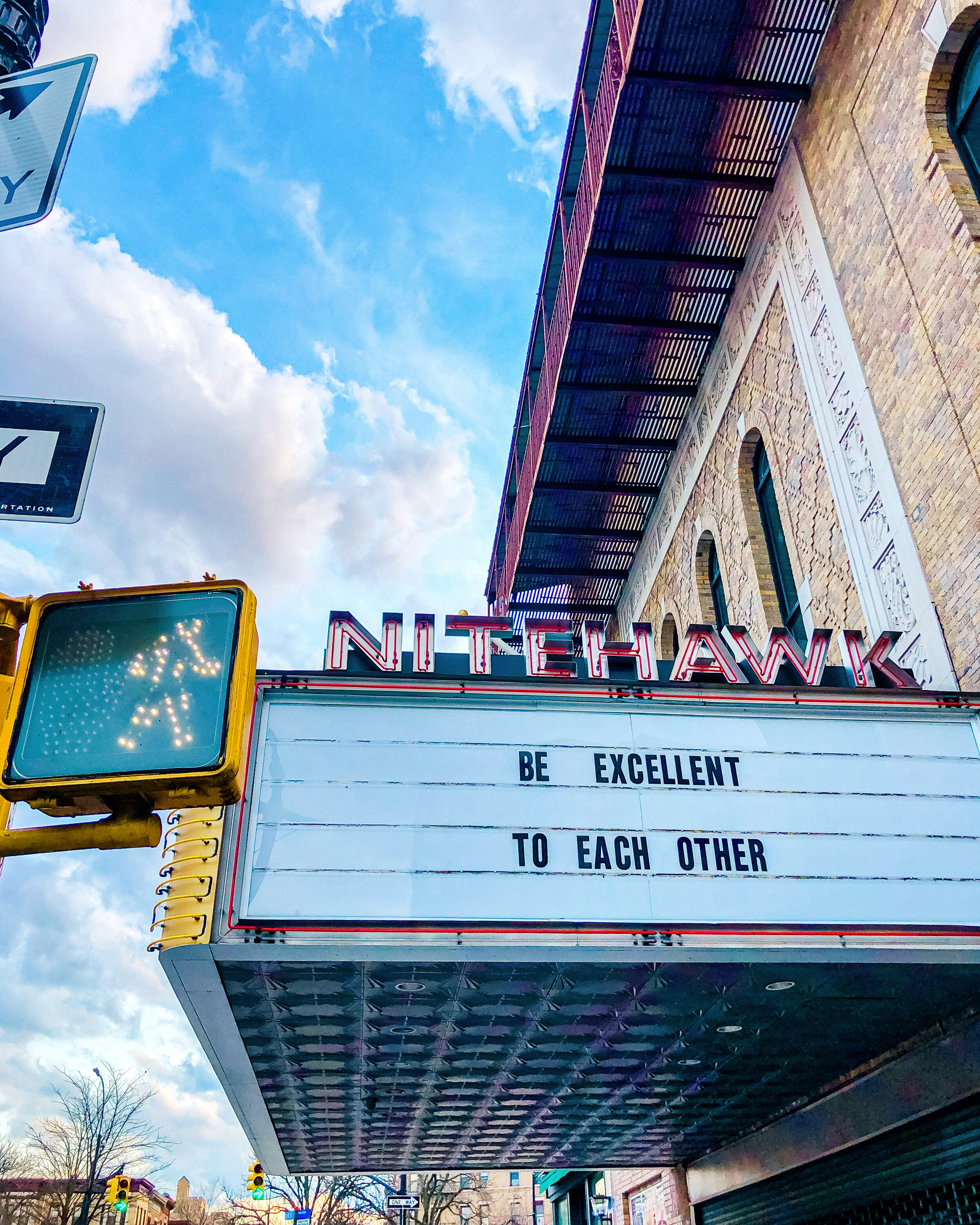
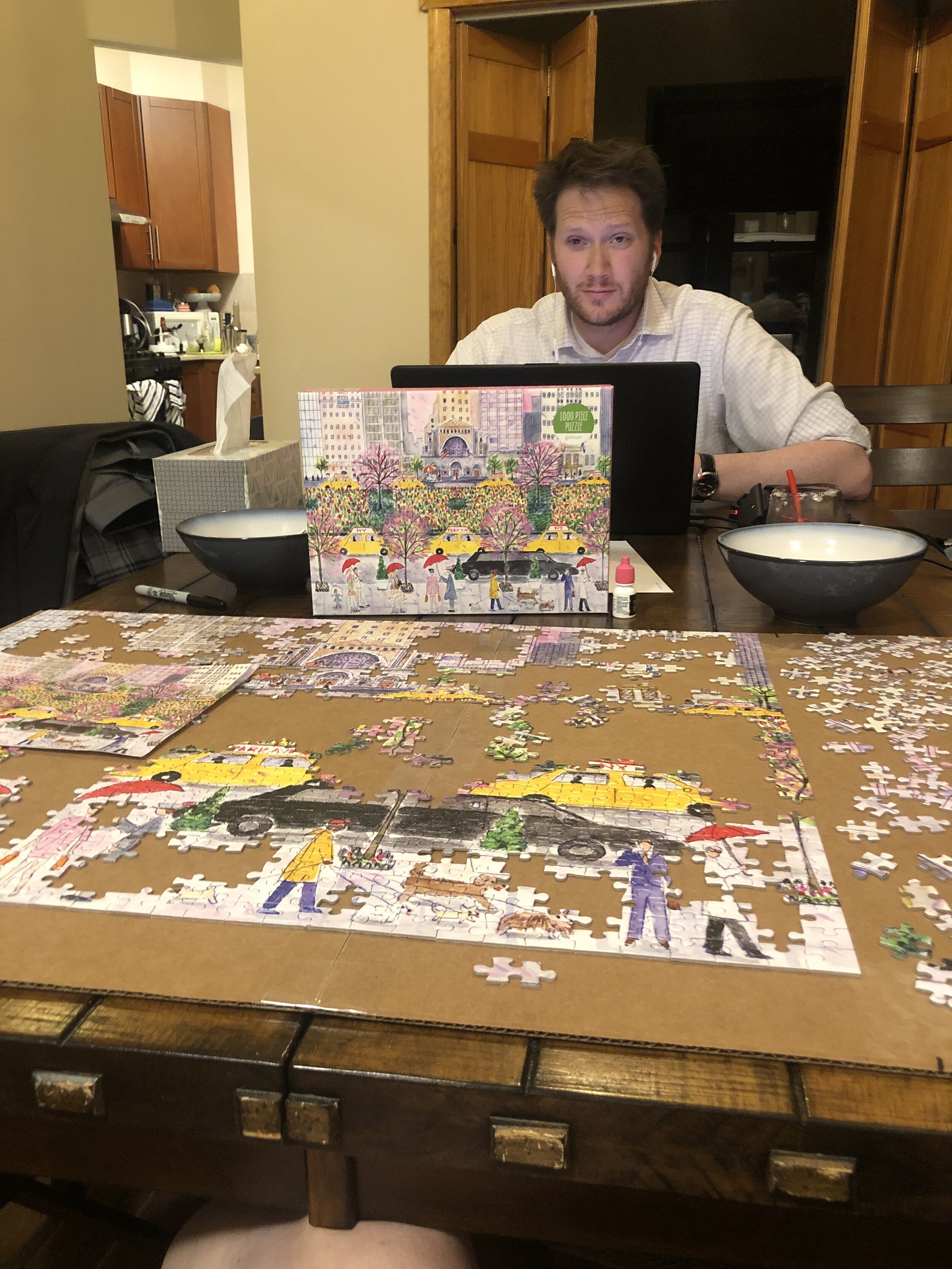
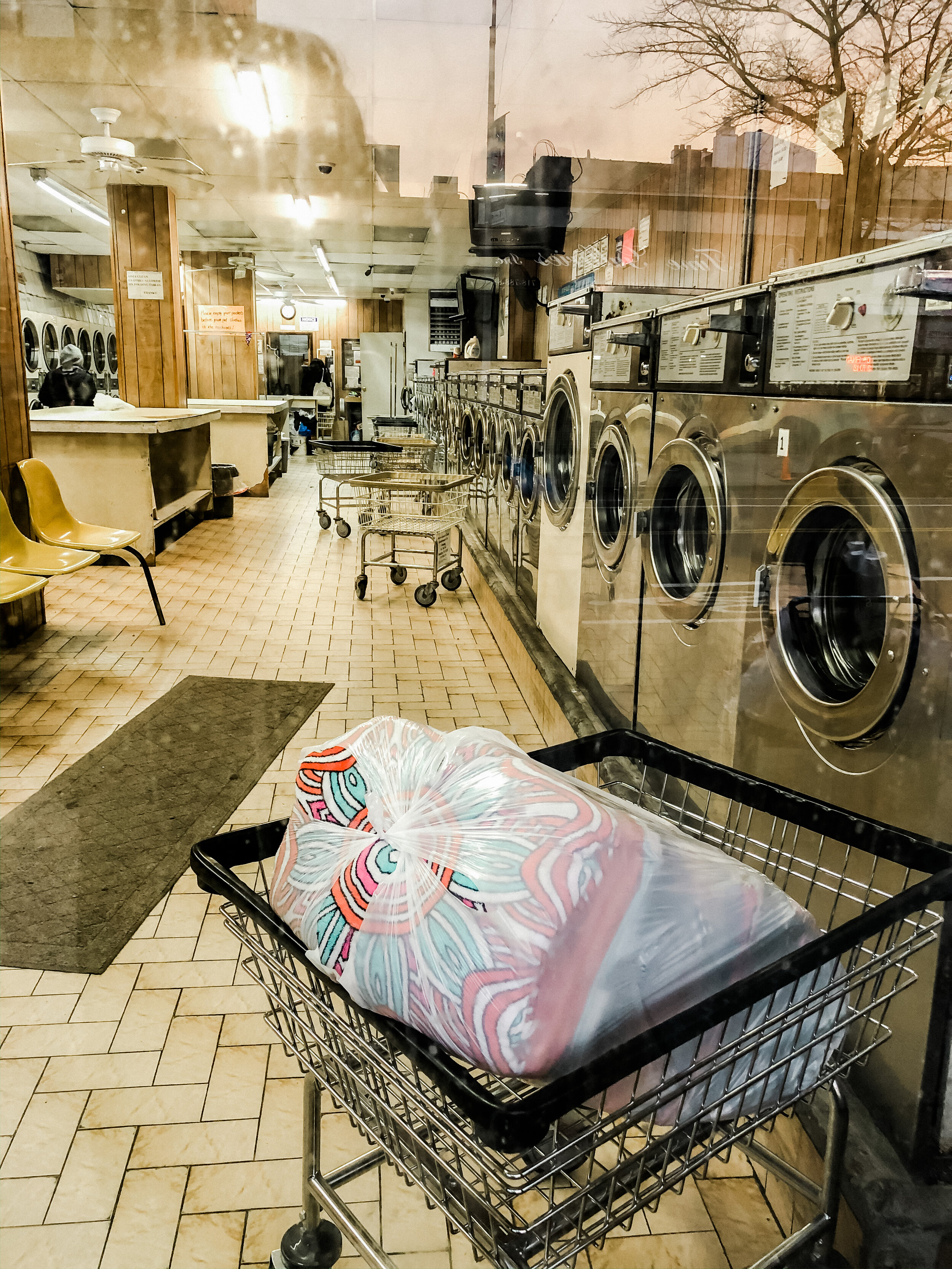


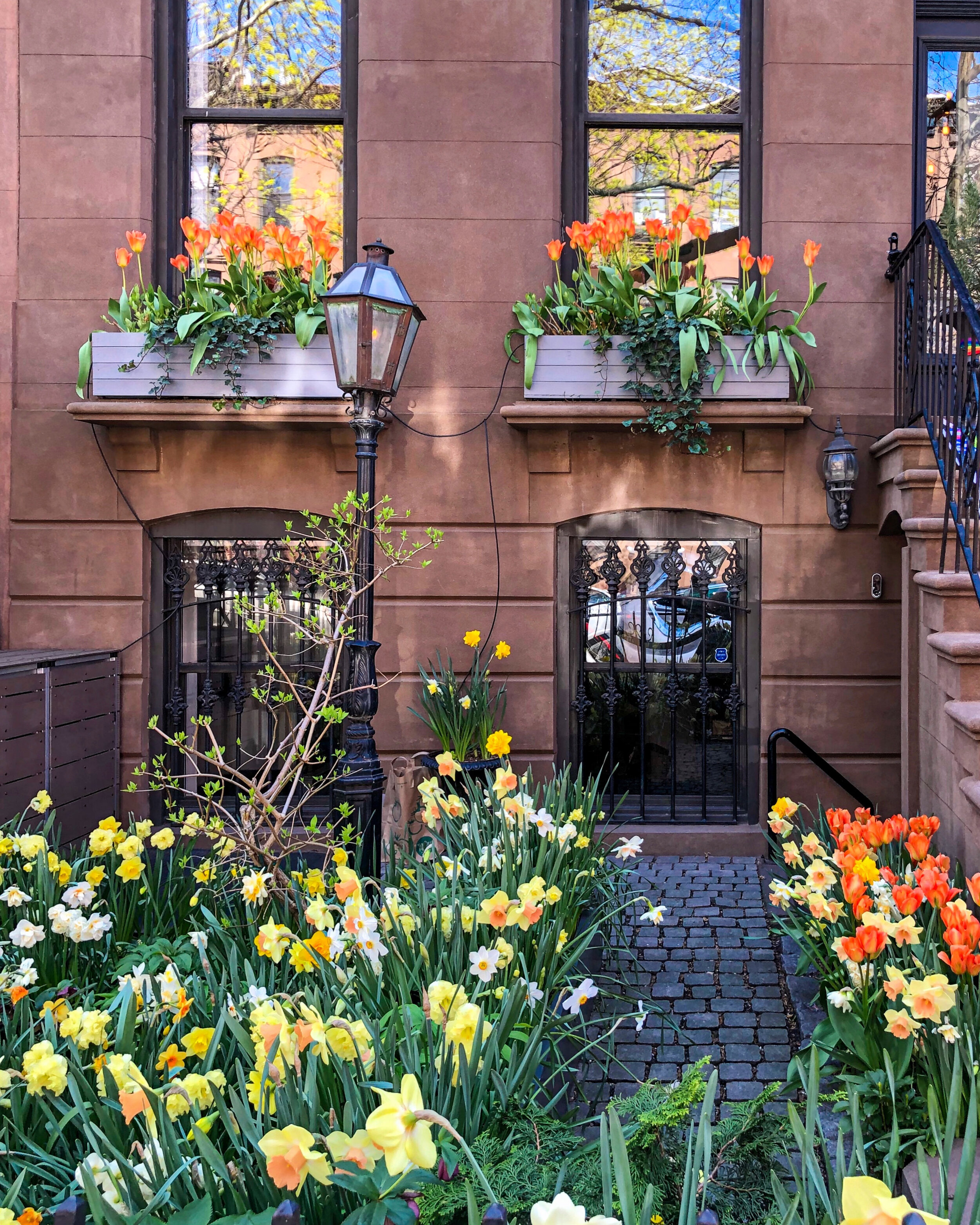

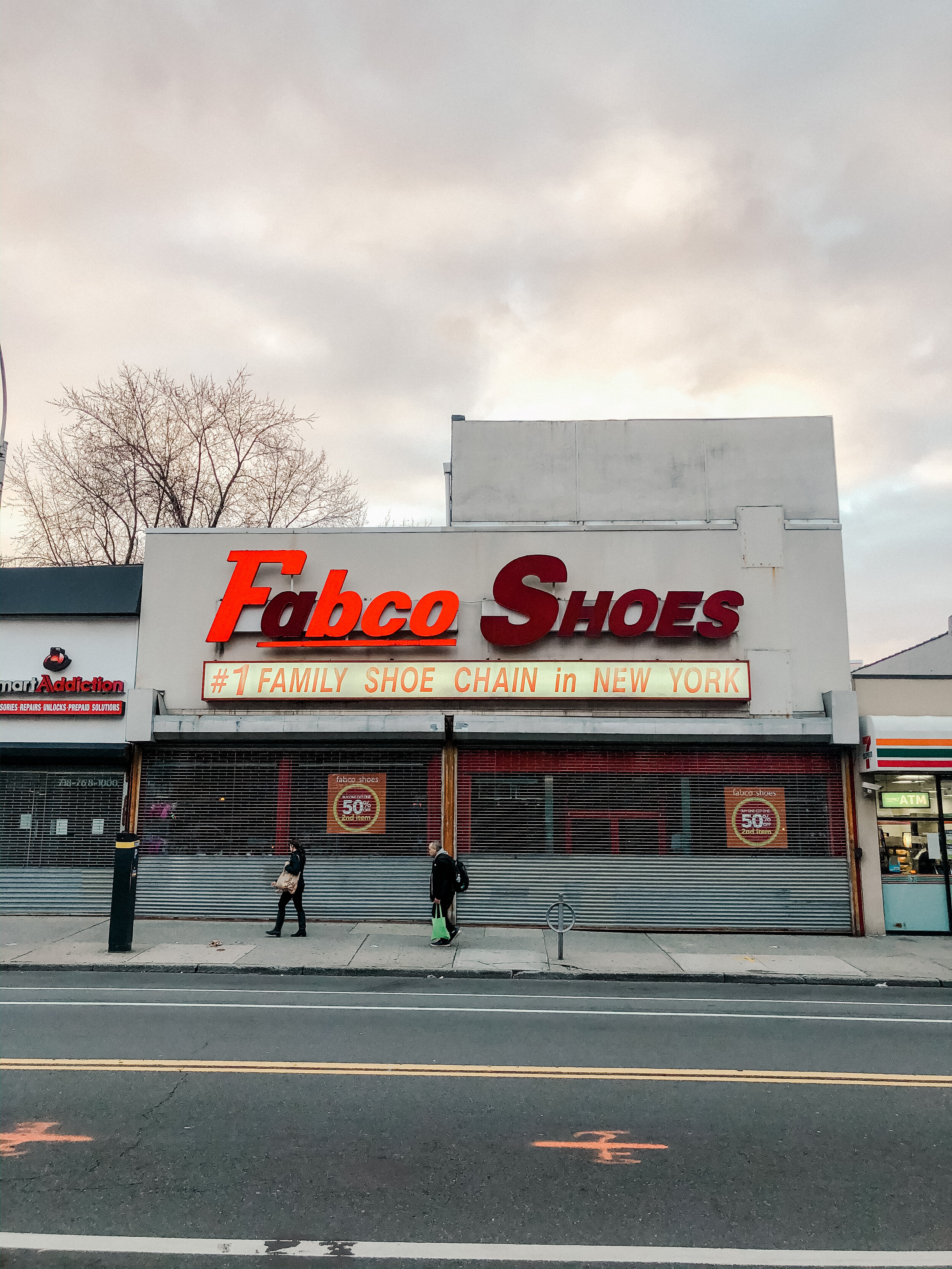

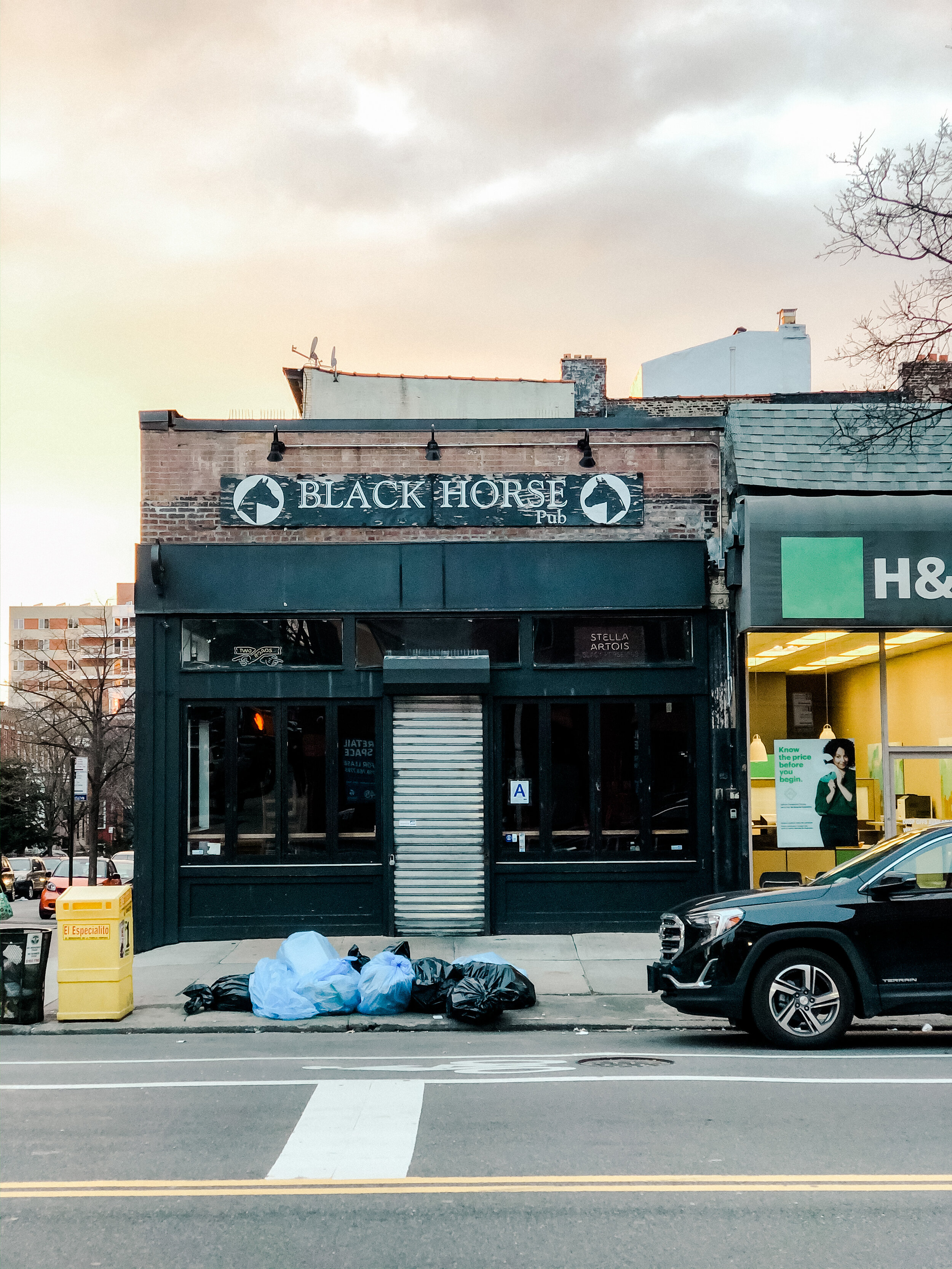
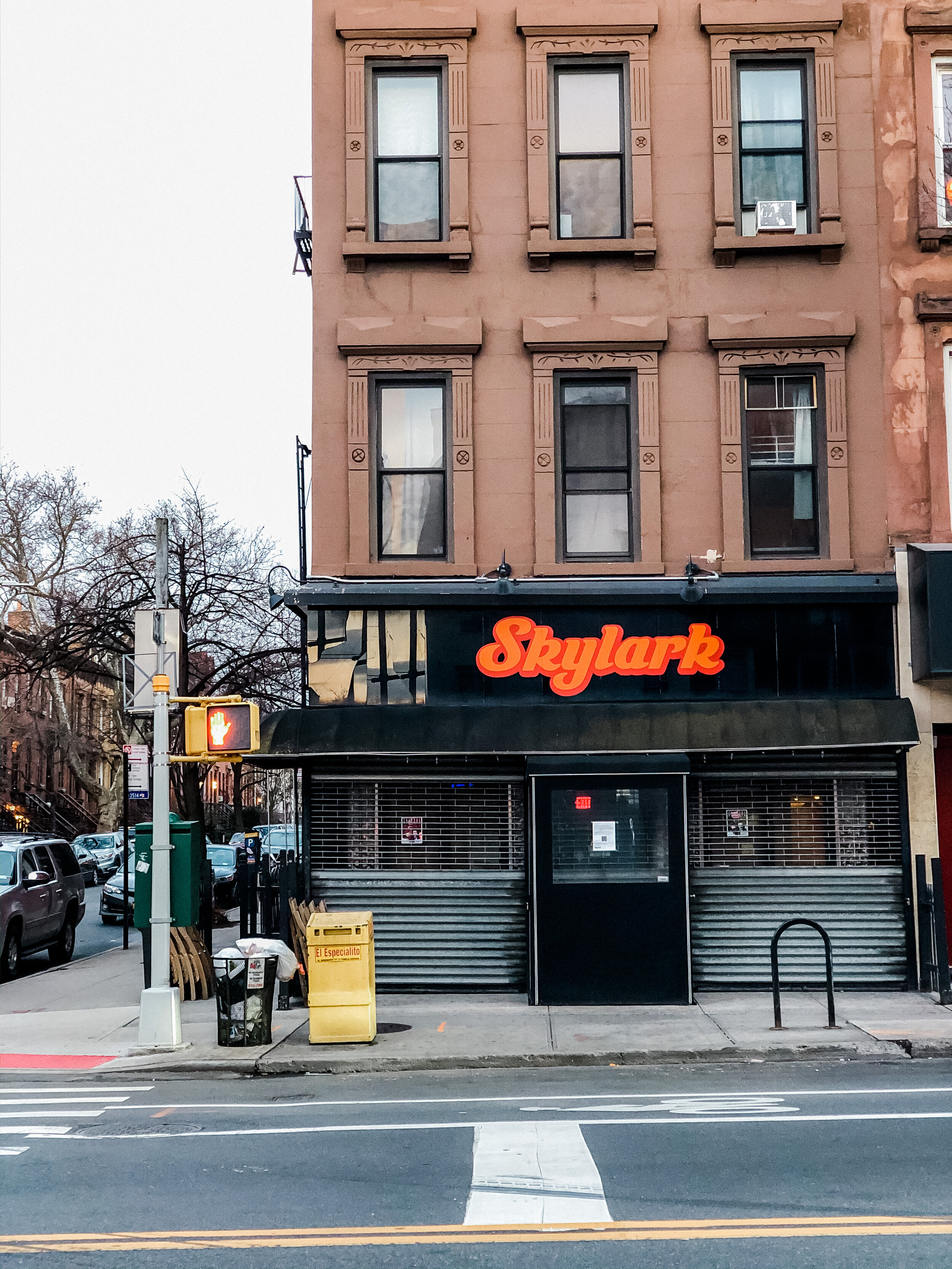


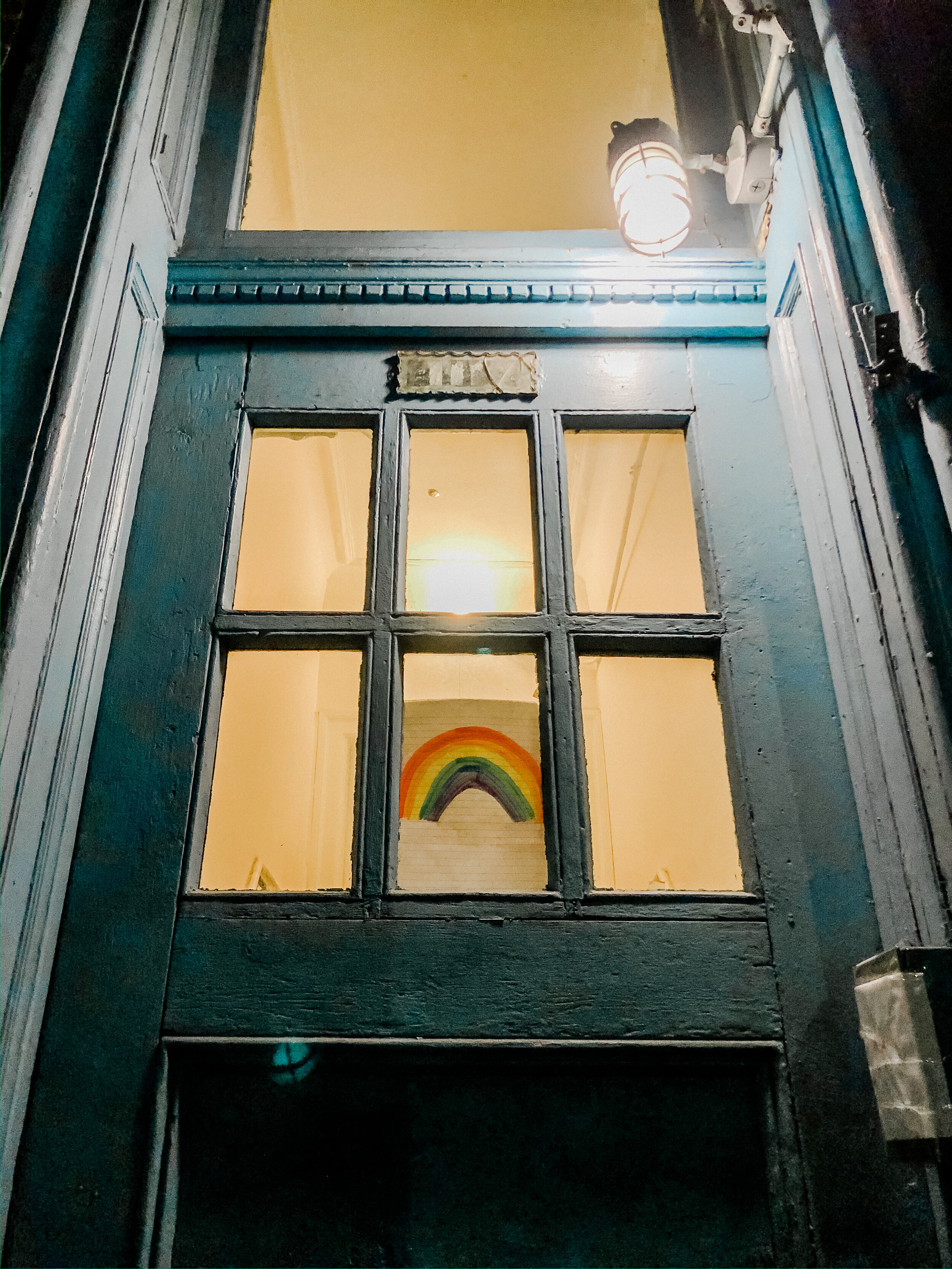

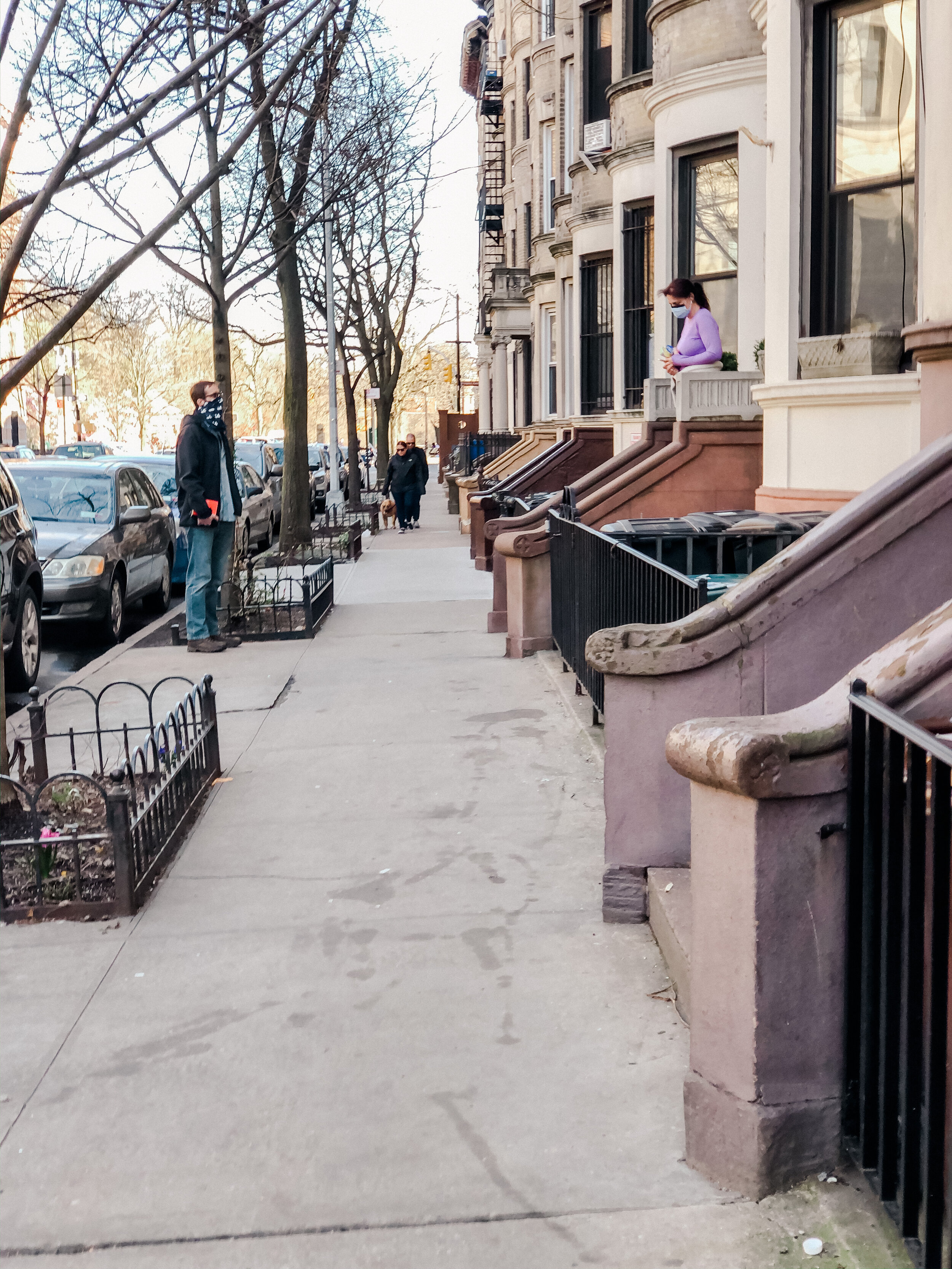
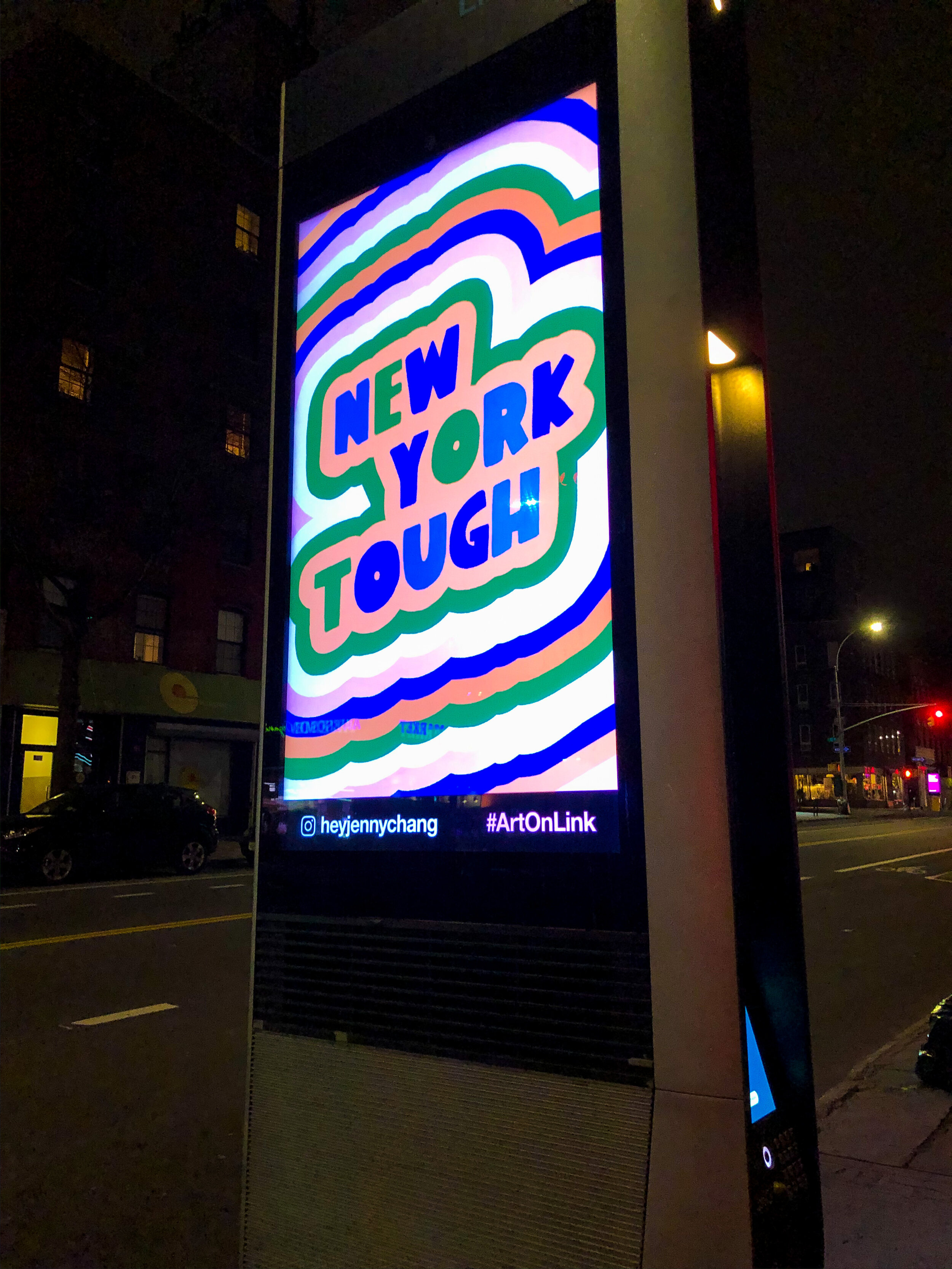


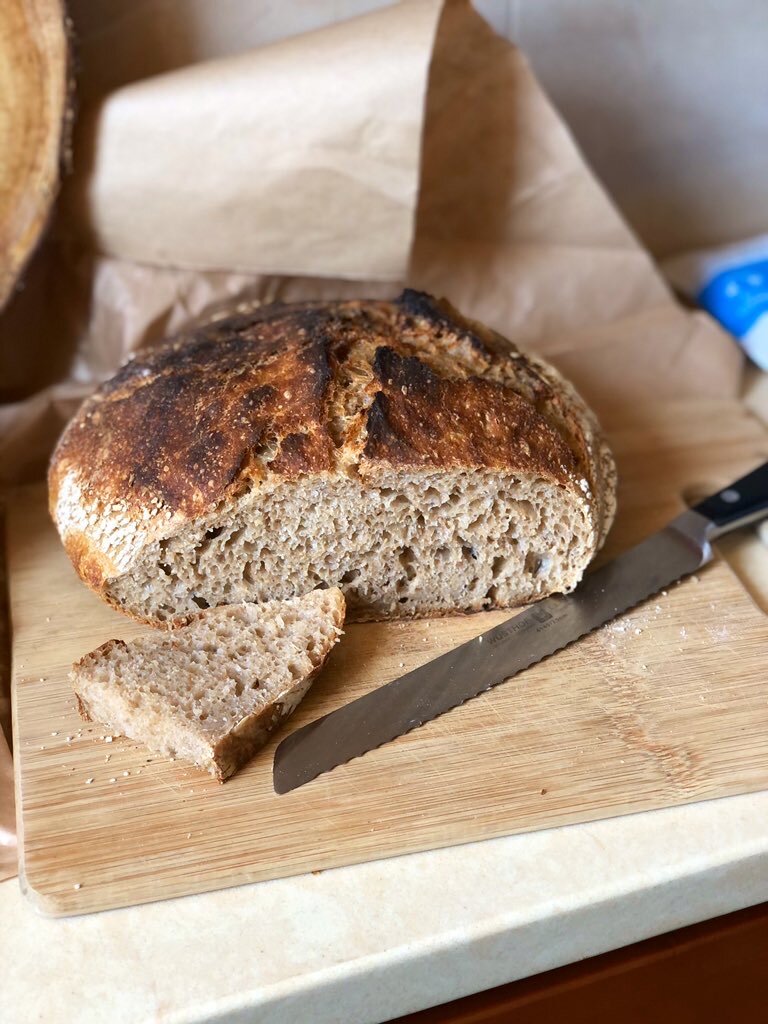

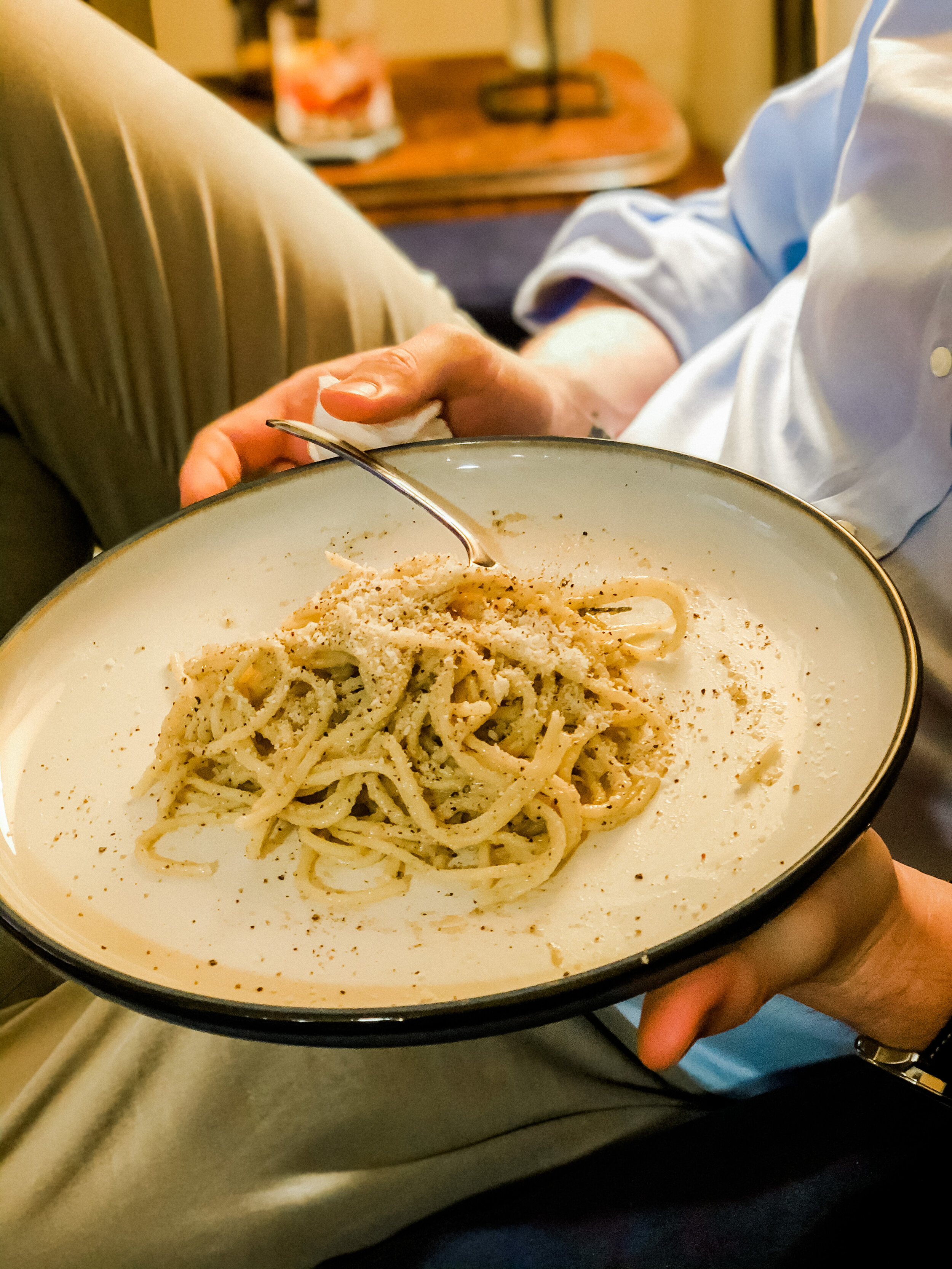


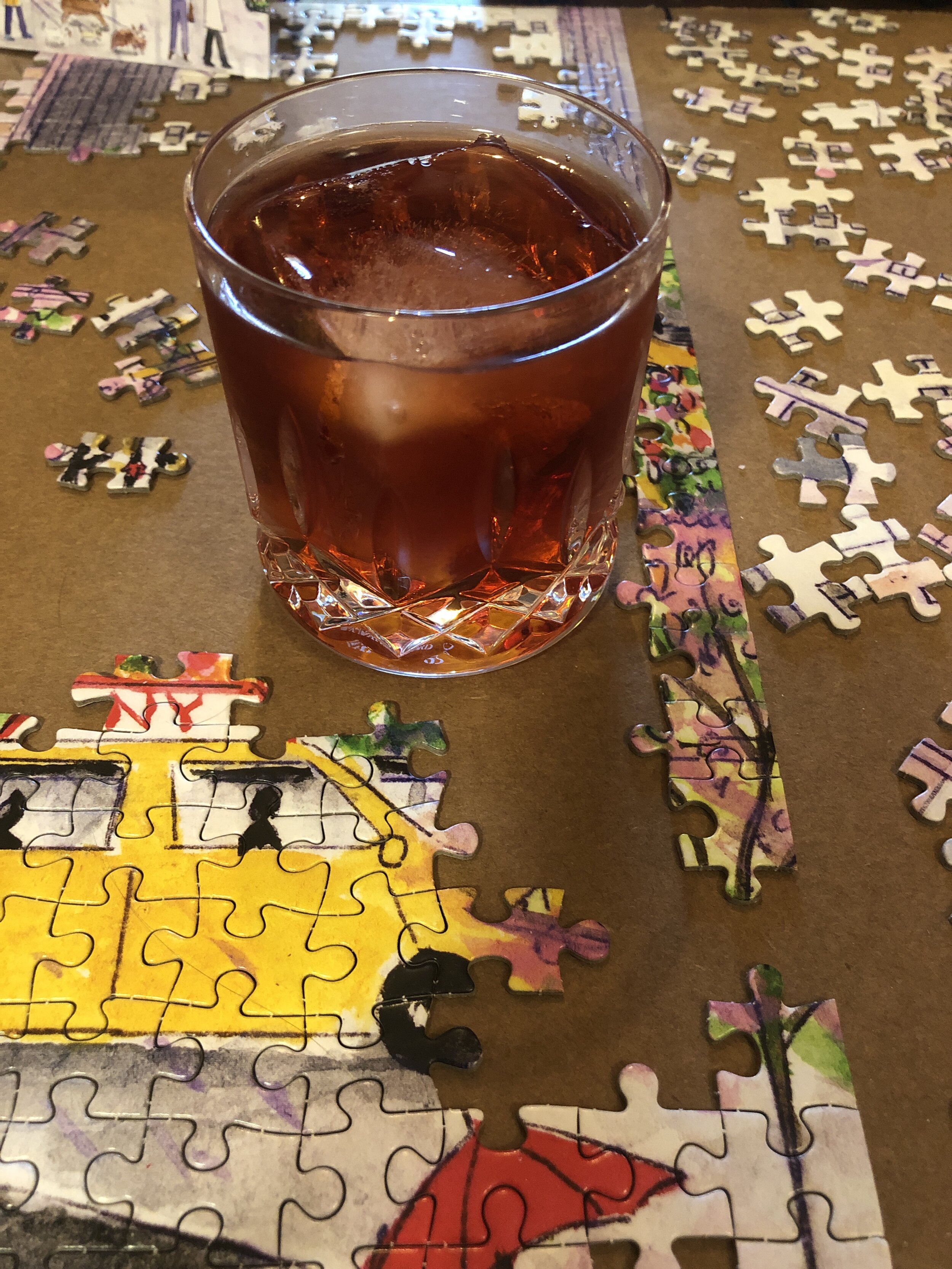
“Why do the birds go on singing? Why do the stars glow above? Don’t they know it’s the end of the world?”

